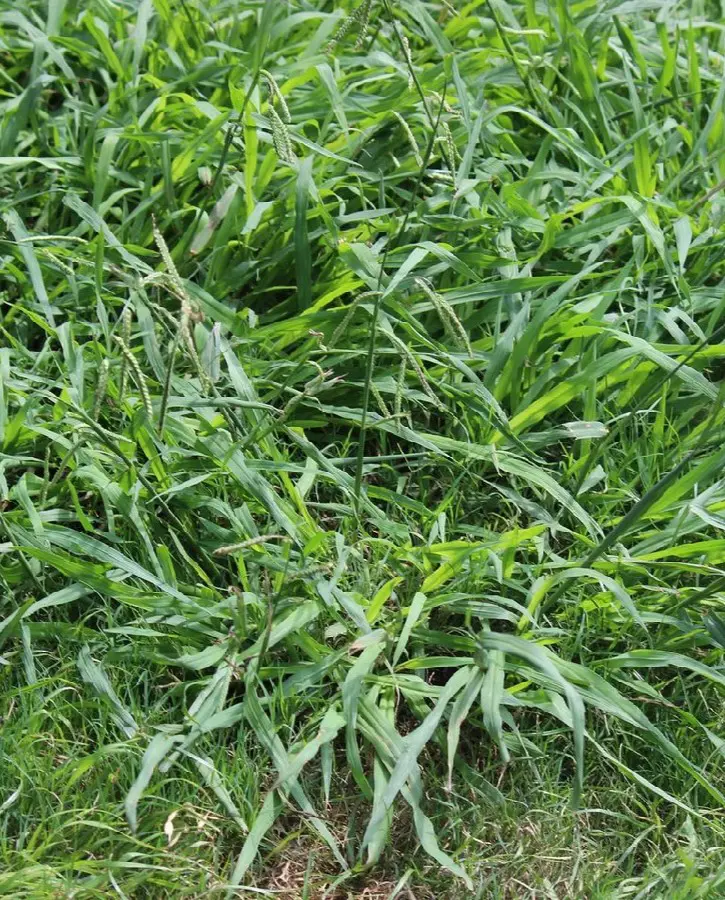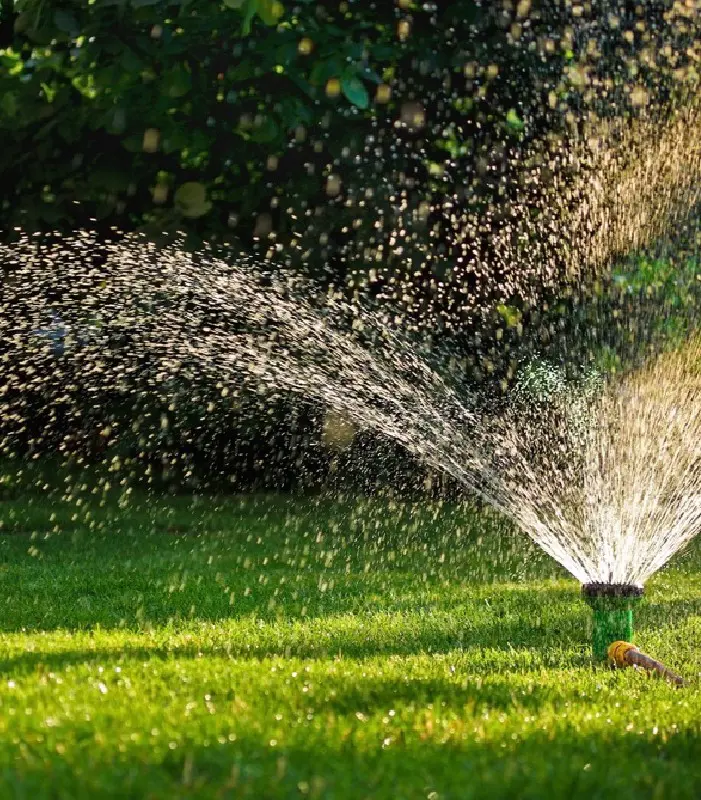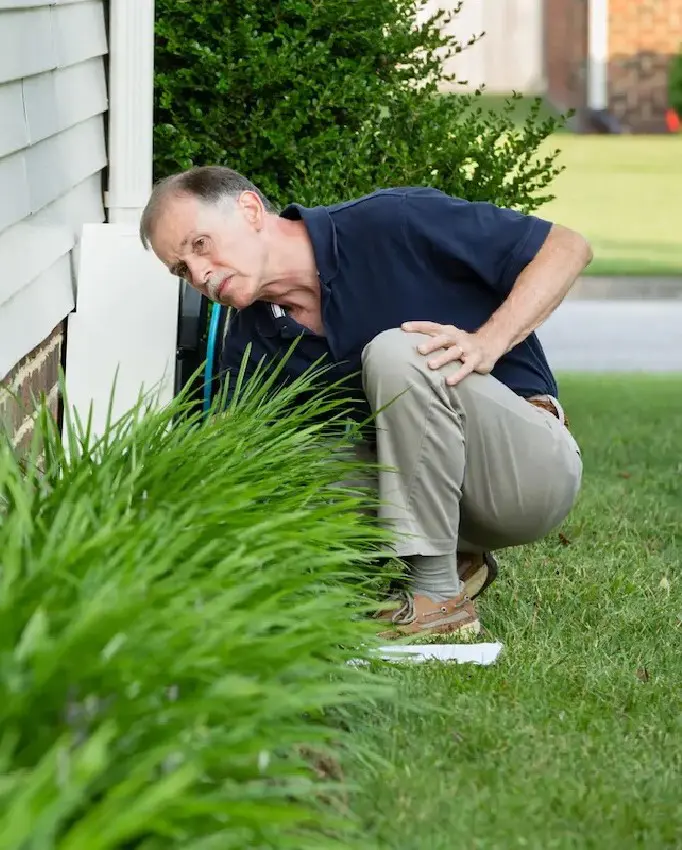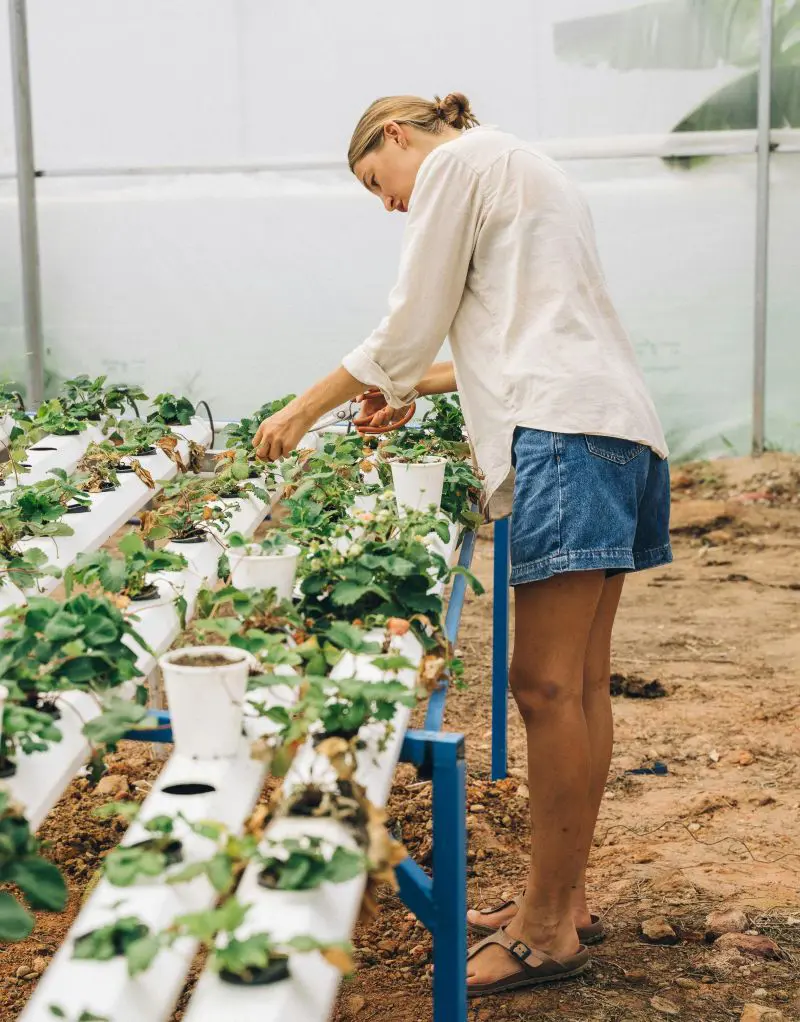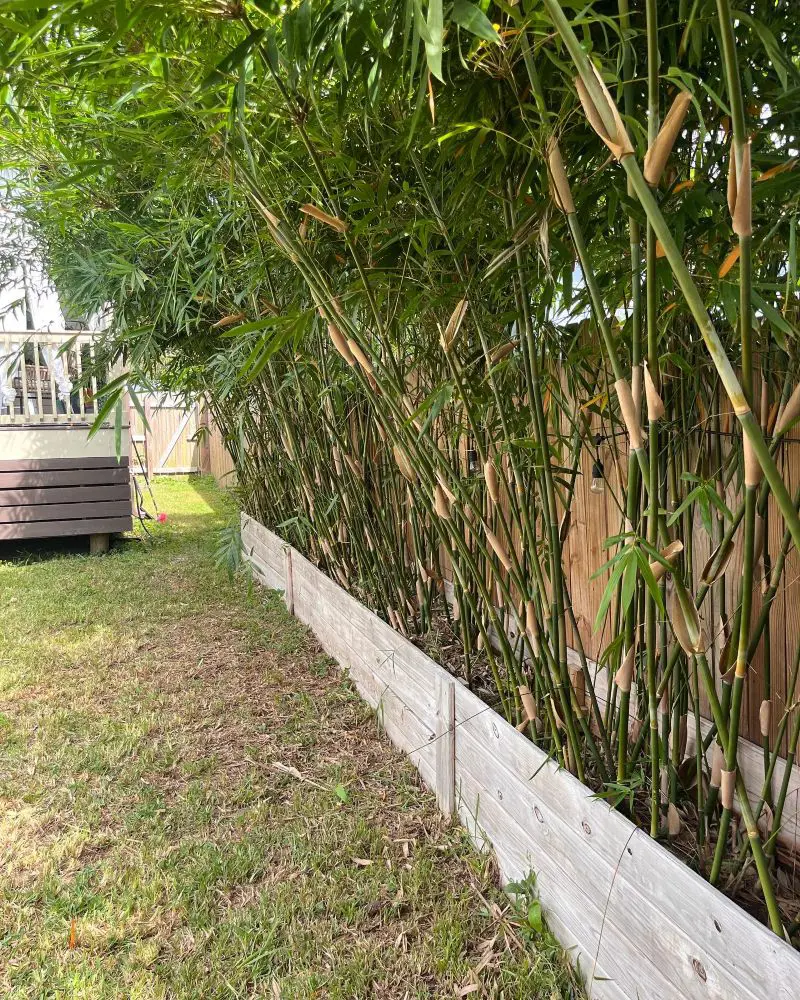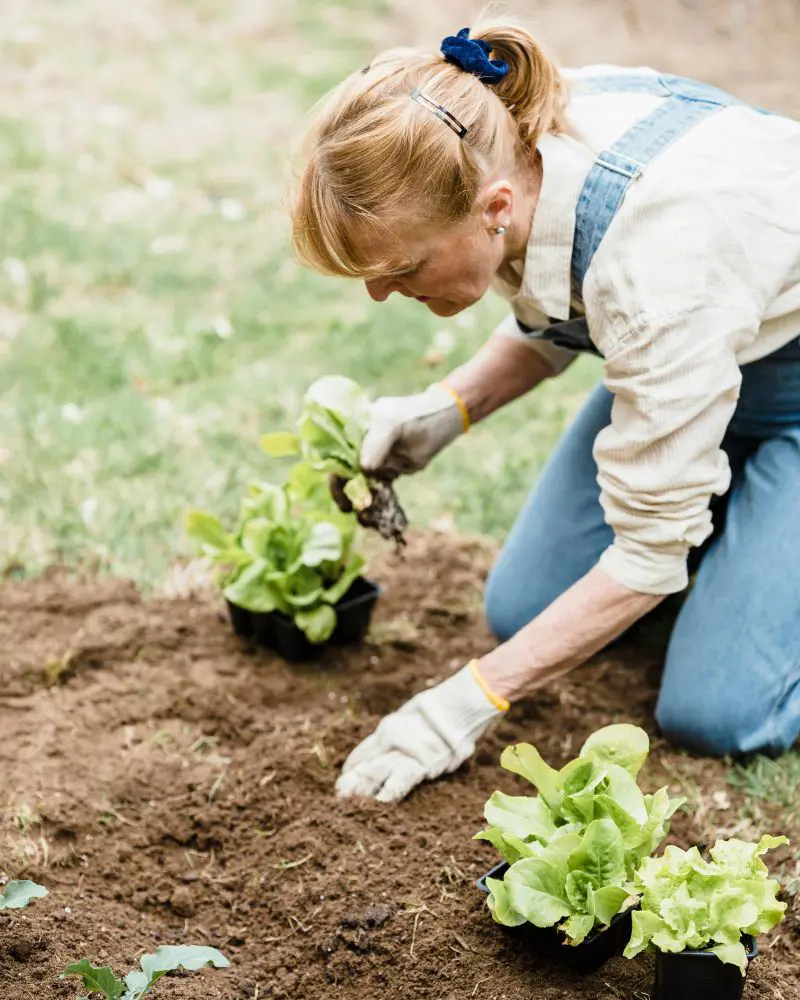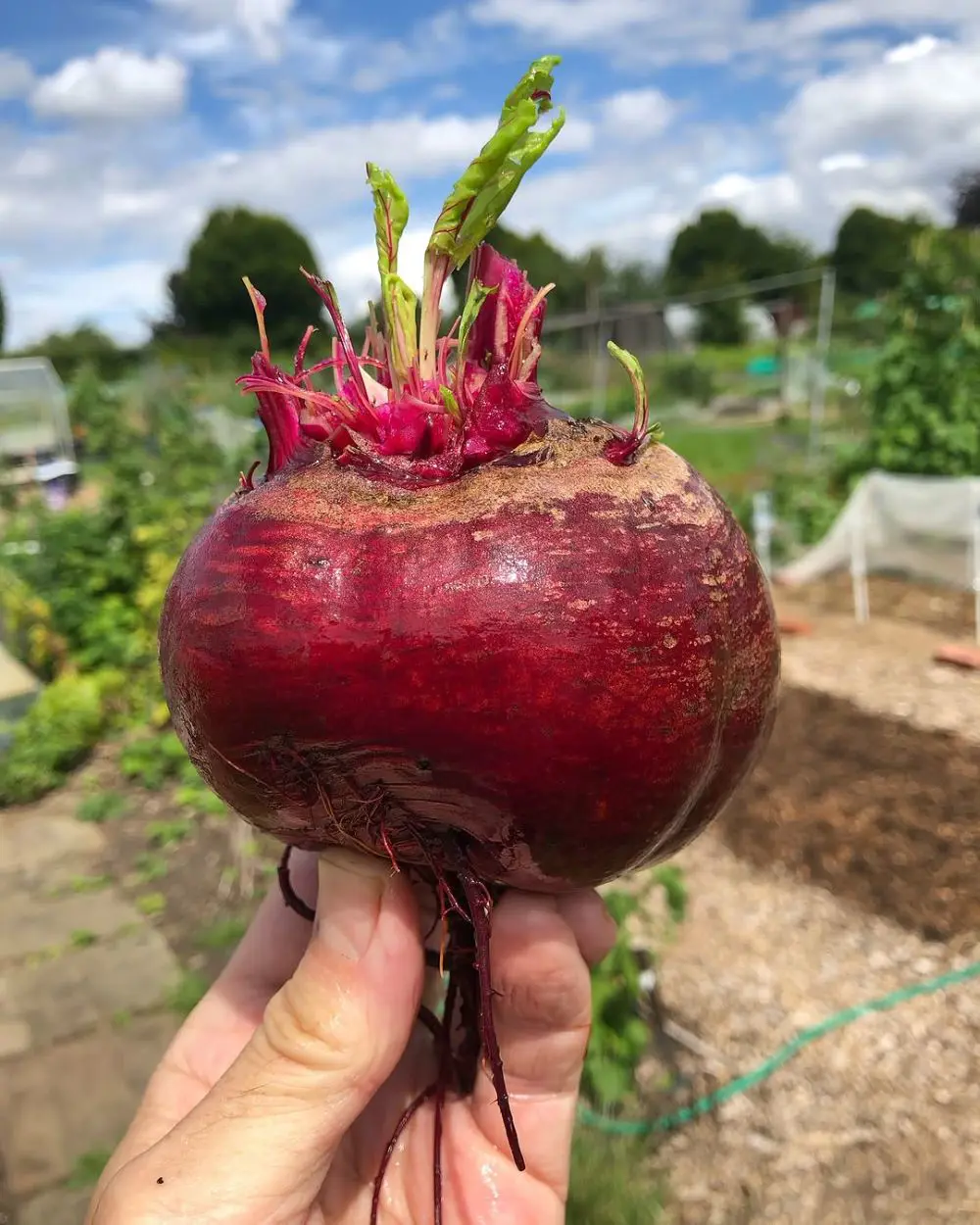1. Hand Pulling
Before relying on chemicals, you should try organic methods like hand pulling. This method is environmentally friendly and safe for other plants and beneficial insects in your garden. Hand pulling is also ideal when crabgrass invasion is small.
You can use your hands or a garden weed to pull out crabgrass. Wet the soil a day in advance to loosen it, making it easier to pull out the grass. Ensure you remove the entire plant from the ground because if you pull out only the stems and leave the roots underground, it will regrow. Also, remove them when they are young.
